Every shelf in your home tells a story that goes beyond functionality. The books, ceramics, artwork, keepsakes, and...
- There are no more items in your cart
- Shipping
- Total £0.00
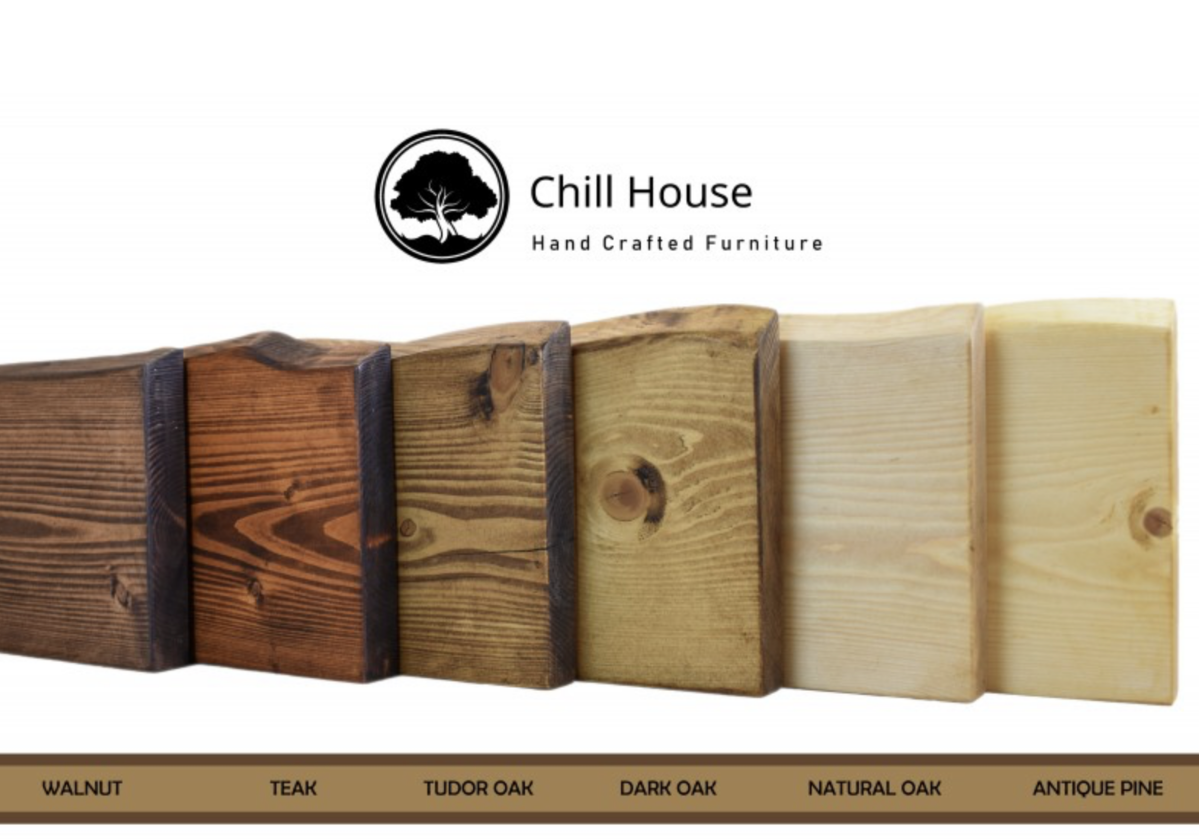
Hidden potential - how shelves can change the way you live
When we think about furniture that shapes the way we live, our minds often jump to sofas, beds, or dining tables. Shelves rarely come to mind first, but they deserve far more attention than they usually get. A shelf is not only a surface that holds objects; it is a design element that changes how we perceive and use space. From a single floating shelf above a desk to an entire wall covered in books and art, shelves influence our mood, our comfort, and even our habits. A well-placed and well-styled shelf can make a small apartment feel organized and open, a large living room feel warmer and more personal, or an office space feel both inspiring and functional. The hidden potential of shelves lies in their ability to combine function, design and atmosphere in a way that few other pieces of furniture can.
Table of contents:
- Introduction
- Why shelves are more than storage
- Shelves and small spaces
- The psychological impact of shelf styling
- Shelves and acoustics: a subtle improvement
- How to style shelves for comfort and aesthetics
- Seasonal refresh: keeping shelves lively all year
- Conclusion
Why shelves are more than storage
The traditional view of a shelf is that it exists to store things. Books, dishes, decorative objects, or office supplies all find their place there. But if you stop at storage, you miss out on the broader impact shelves have on a room. They frame walls, direct the eye, and create rhythm in a space. A single shelf hung too low can make a room feel compressed, while a set of shelves placed at the right height opens up the wall and adds vertical interest. The material also plays a huge role: natural wood shelves bring warmth and authenticity, while glass or metal introduce sleekness and a contemporary edge. Even the brackets – whether hidden for a minimalist floating effect or exposed for an industrial vibe – tell a story about the space.
Another overlooked factor is how shelves guide movement through a room. A series of low, wide shelves can ground the eye, making the ceiling seem higher, while tall stacks filled with books or plants add vertical pull. In this way, shelves shape not only how we store items, but how we experience the architecture of the room itself.
Shelves and small spaces
Small apartments, studios, and compact rooms rely heavily on shelves to balance function and style. When you don’t have the luxury of extra floor space, shelves become lifesavers. Floating shelves above desks or beds add storage without making the room feel crowded. Corner shelves turn often-wasted spaces into useful and stylish zones. Even a single narrow shelf running along a hallway can serve as a gallery for art, photos, or slim storage containers.
One of the best tricks in micro-living is vertical zoning. By installing shelves at different heights, you can visually separate areas without using walls. A shelf above the sofa can double as both art display and storage, while another set above the kitchen counter creates a functional yet open feel. For renters, shelves are often a non-permanent way to improve storage without heavy renovations. They also provide flexibility: add, remove, or rearrange shelves as life changes.
The psychological impact of shelf styling
Interior design is not just about looks; it is about how a space makes us feel. A cluttered or badly styled shelf can subconsciously add stress, while a well-balanced one can make us feel grounded and calm. The principle of visual balance plays a big role here. Grouping objects in odd numbers feels more natural to the eye than pairs. Mixing tall and short items, round and square shapes, rough and smooth textures creates visual interest.
Psychologically, shelves are also a form of self-expression. They display the things we love: favorite books, travel souvenirs, family photos, or plants that we care for. Seeing those personal touches daily reinforces identity and comfort. For many people, styling a shelf becomes almost therapeutic – a small creative act that brings satisfaction and a sense of control in the home. And because shelves are relatively small surfaces, it’s easy to experiment and refresh them without major effort.
Shelves and acoustics – a subtle improvement
One of the most surprising benefits of shelves is their effect on acoustics. Bare walls often reflect sound, creating echoes and making a room feel empty or harsh. When you add shelves filled with books, vases, or textured decor, they act as natural sound absorbers. This is particularly important in open-plan apartments or rooms with a lot of hard surfaces like tiles, concrete, or glass. A simple bookshelf can soften the sound, making conversations more comfortable and music more pleasant.
The placement of shelves also matters. A row of shelves opposite large windows helps break up sound reflections. In home offices, shelving units with books and storage boxes can reduce background echo during video calls, making speech clearer. It’s a subtle change, but one that adds to the comfort and livability of the space.
How to style shelves for comfort and aesthetics
Styling shelves is both an art and a practical exercise. The first step is to avoid overcrowding. Too many items, even beautiful ones, create chaos. Instead, think of your shelves as mini-compositions. Start with a few larger anchor pieces like a vase, a stack of books, or a framed photo. Then layer smaller items around them. Another important element is texture contrast. Combine smooth ceramics with rough baskets, glossy glass with matte wood, or shiny metal with soft fabrics. Plants are another secret weapon. A touch of greenery softens lines and adds life to any arrangement. Finally, consider lighting. Shelves underlit with LED strips or placed near a warm lamp take on a whole new character in the evening. Light highlights textures and adds depth to objects, making the styling more dynamic.
Seasonal refresh – keeping shelves lively all year
One of the easiest and most enjoyable ways to refresh your home without big expenses is by updating shelves seasonally. Small changes can completely shift the atmosphere. In spring, bring in fresh flowers, pastel ceramics, and bright green plants. Summer is perfect for coastal elements like shells, light woods, and woven baskets. Autumn invites warm hues, dried leaves, and brass details. Winter works beautifully with candles, pine branches, darker wood, and cozy textures like wool or felt.
This seasonal rhythm keeps shelves from becoming static or boring. It also allows you to experiment with new trends or colors without committing to a whole redesign. Even a five-minute switch of a few objects can recharge the energy in a room and give you a sense of renewal.
Conclusion
Shelves are one of the most underestimated elements of interior design. They serve as storage, yes, but they also shape the flow of a room, influence mood, improve acoustics, and provide a canvas for personal expression. With thoughtful styling and placement, shelves can make small spaces feel larger, large rooms feel cozier, and any home feel more intentional and lived-in. Whether you choose floating shelves for a modern minimalist look, bracketed wood for a rustic vibe, or bold modular systems for flexibility, the key is to see shelves not as background furniture but as central design elements.
Next time you look at your walls, imagine the potential they hold. A few well-placed shelves might not only organize your belongings but also transform how you experience your home. They are silent but powerful tools of design - always there, shaping your daily life in ways you might not even notice.

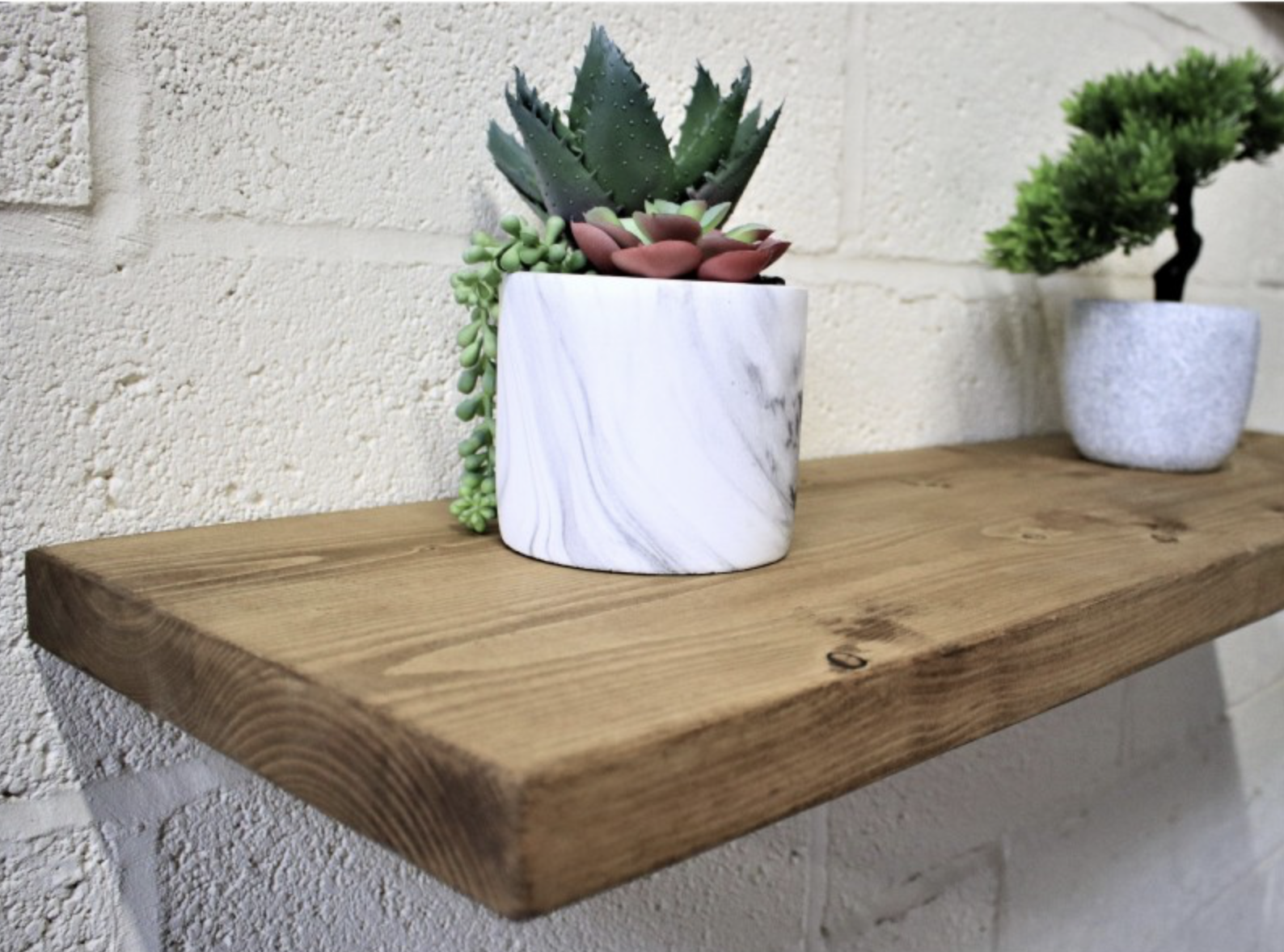
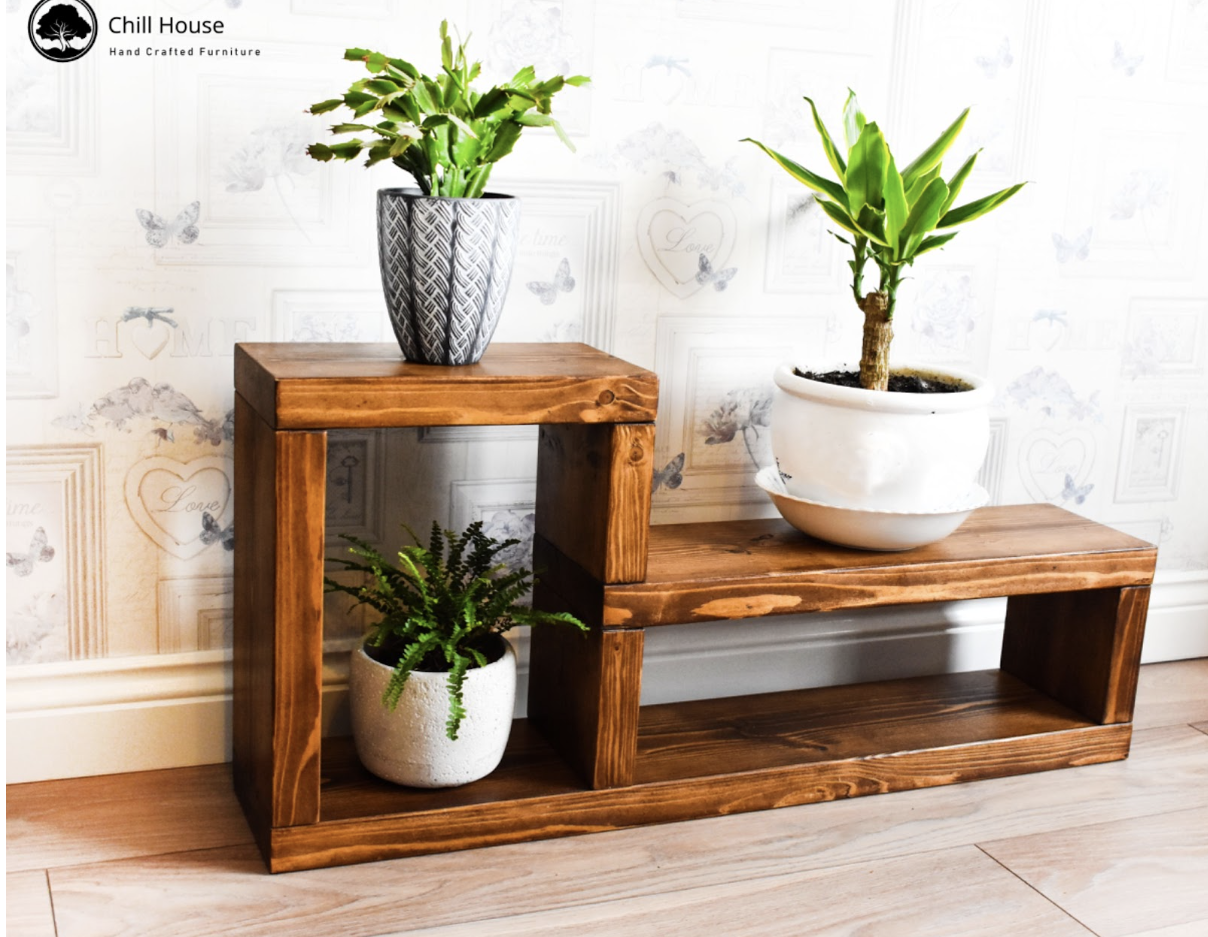
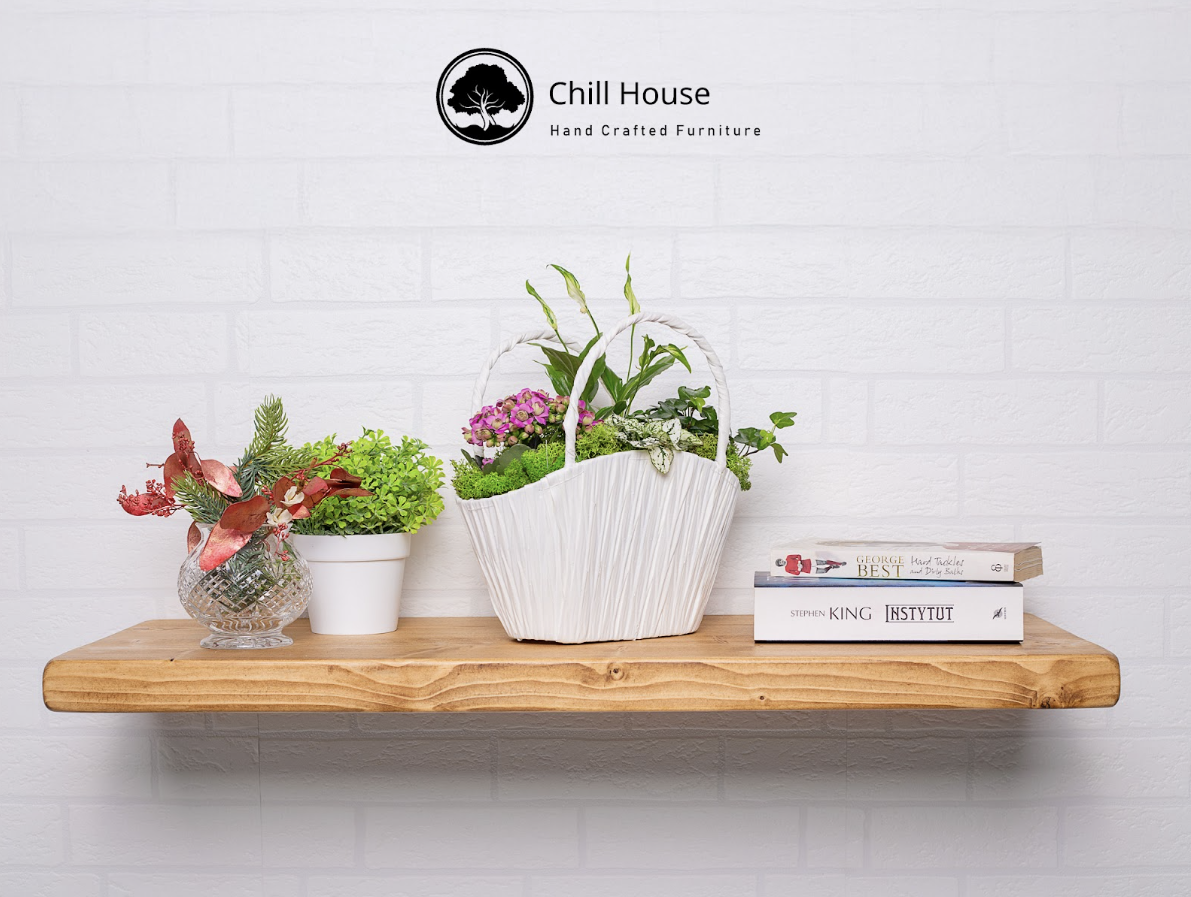


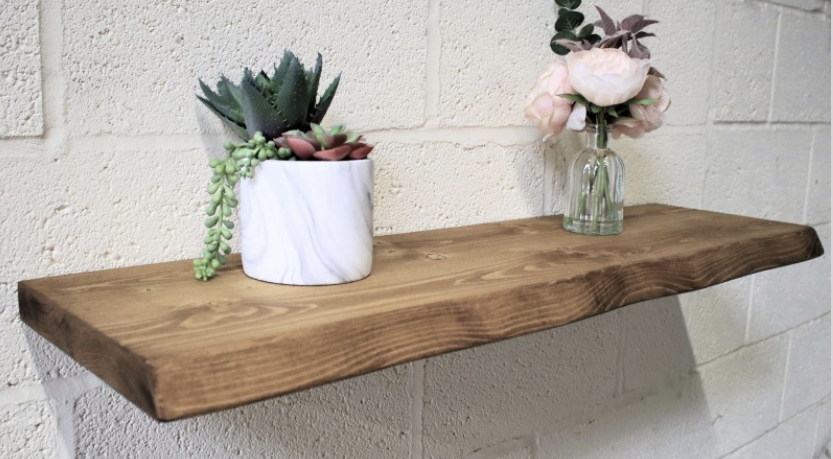
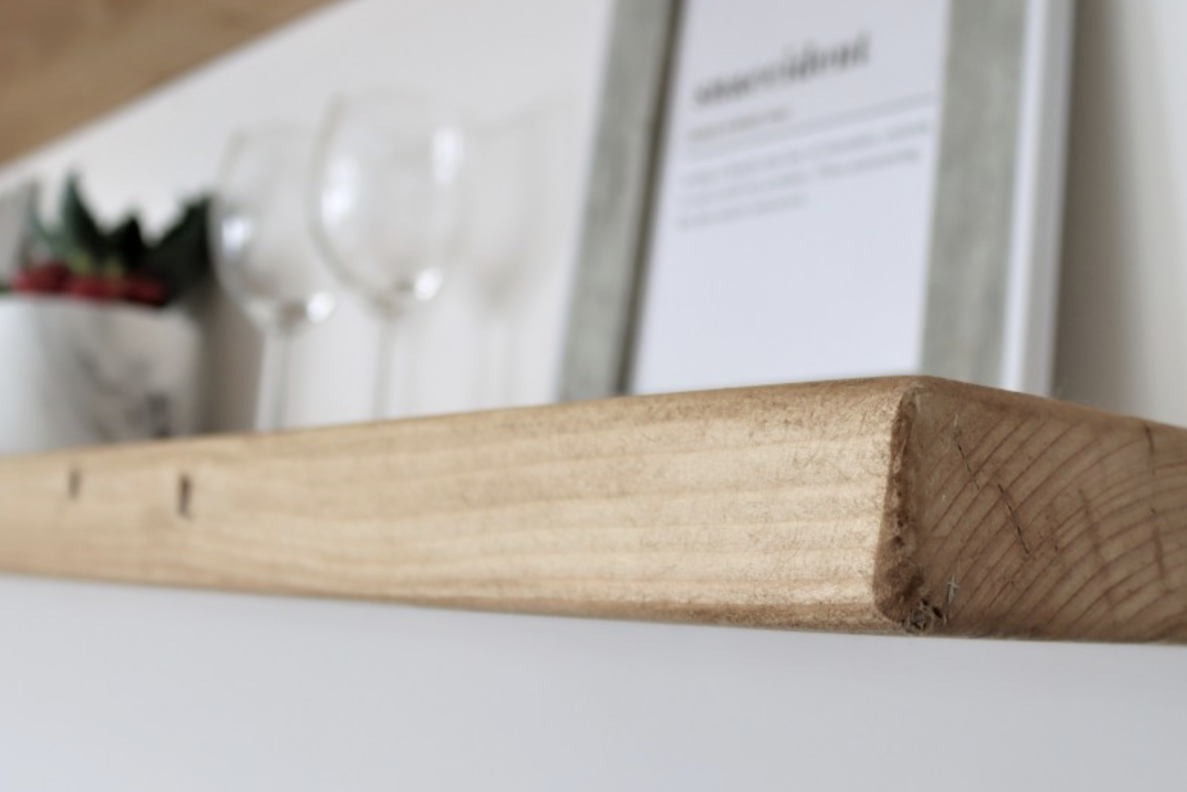
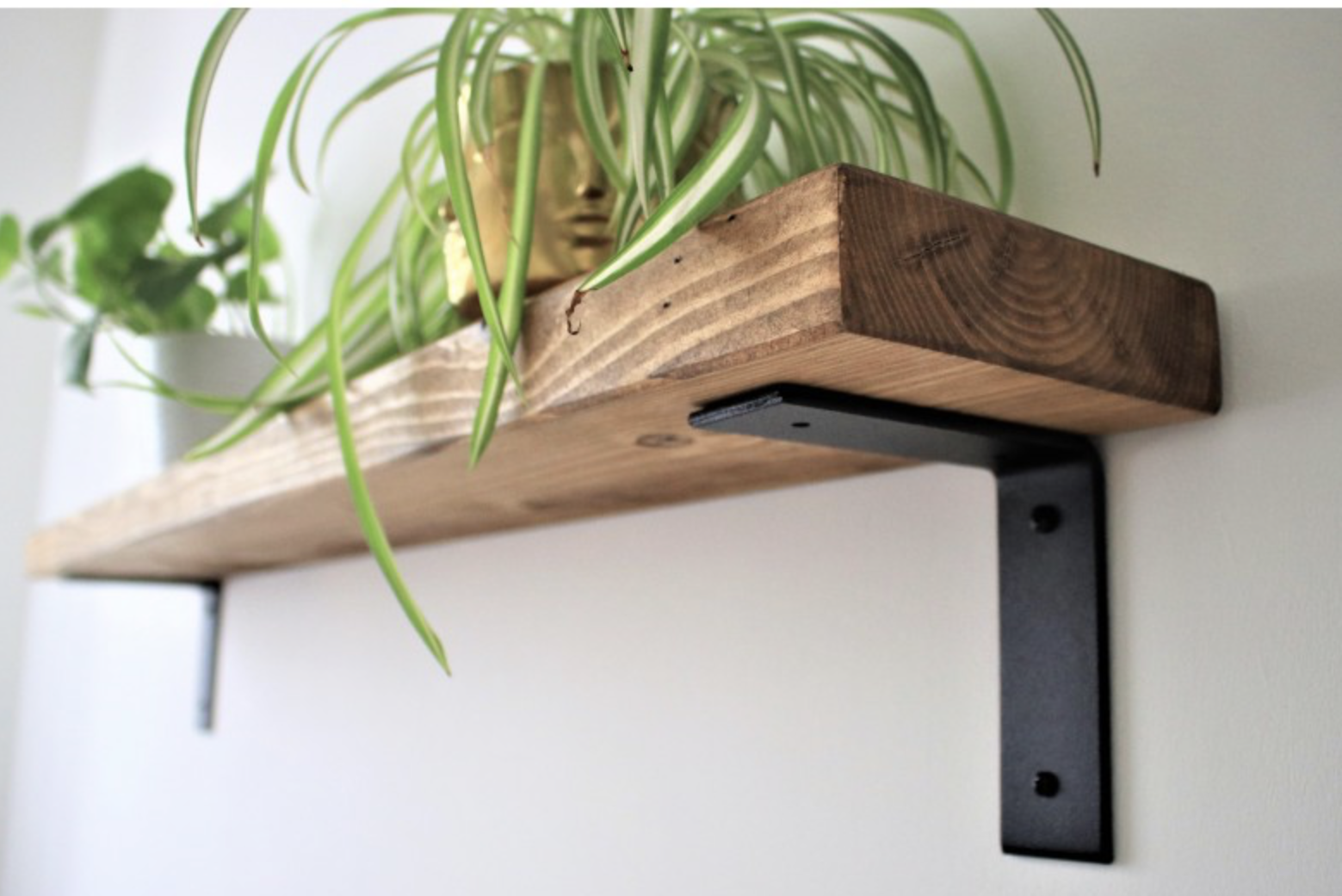
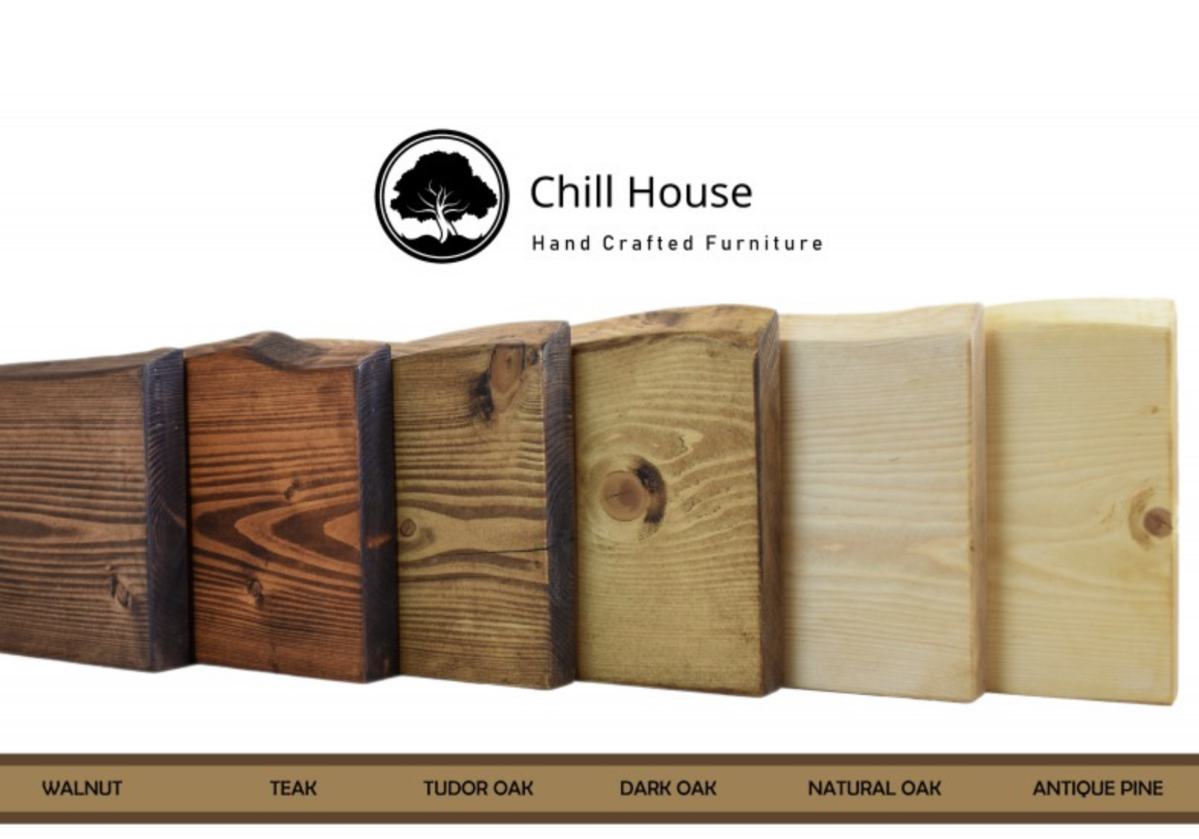
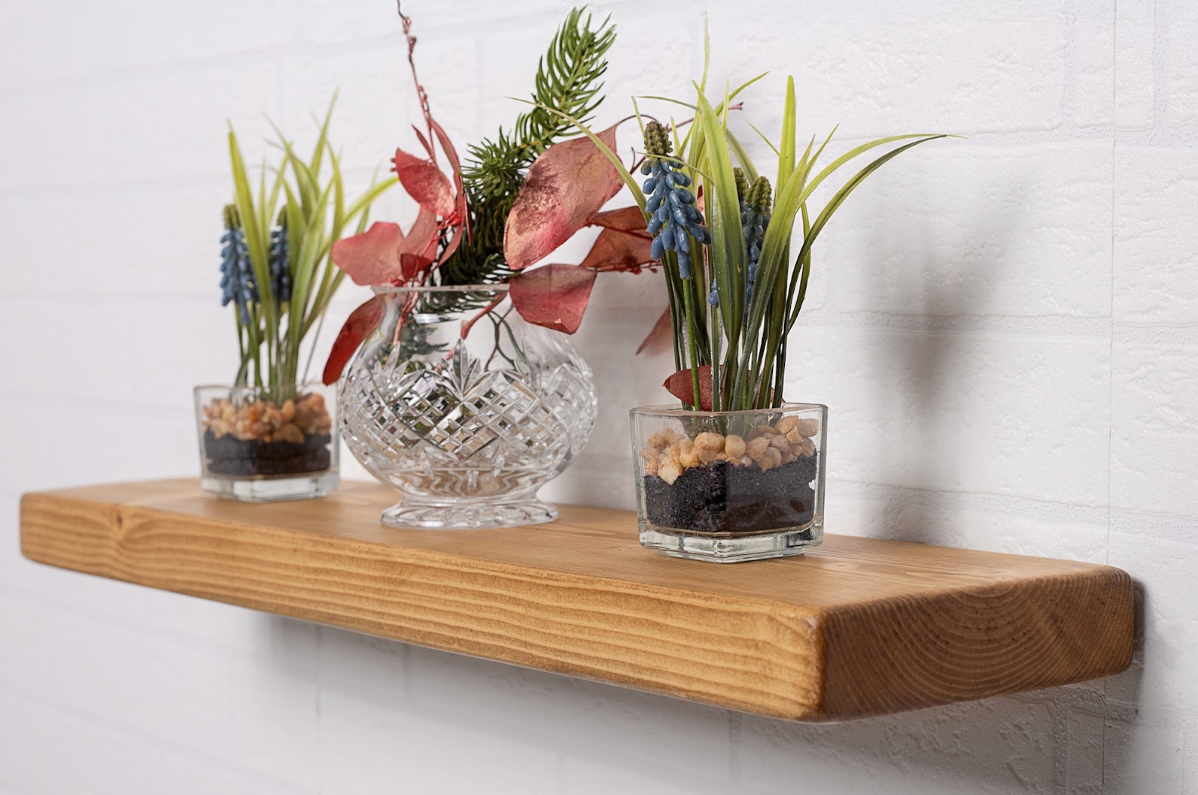





Leave a comment